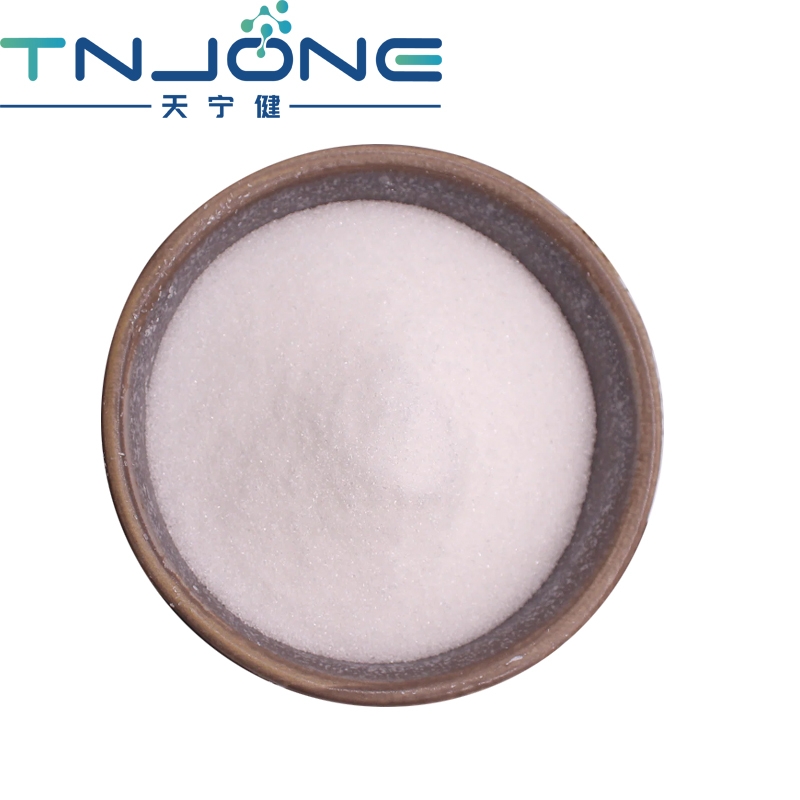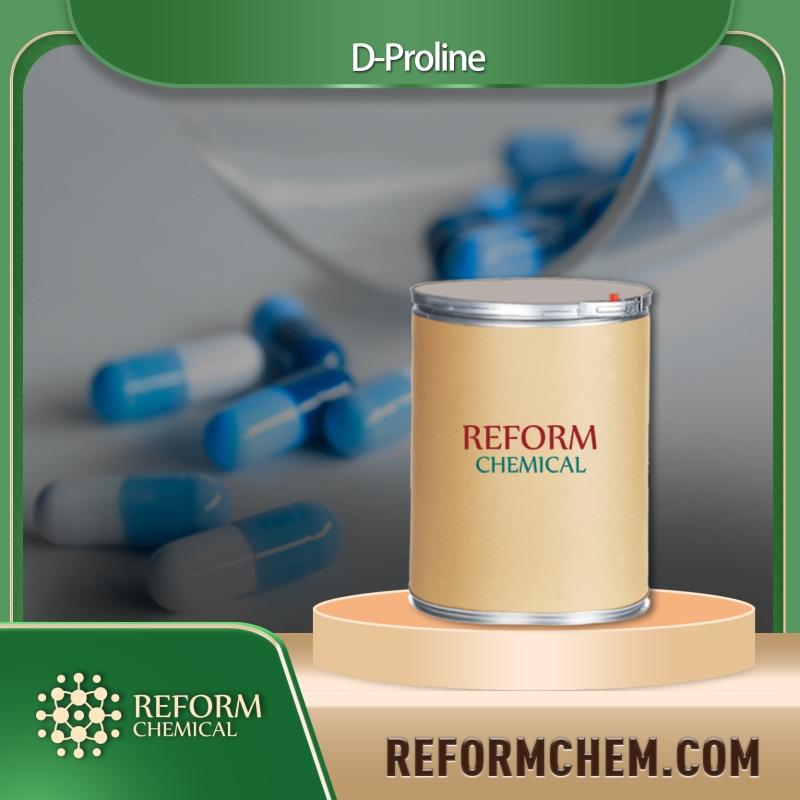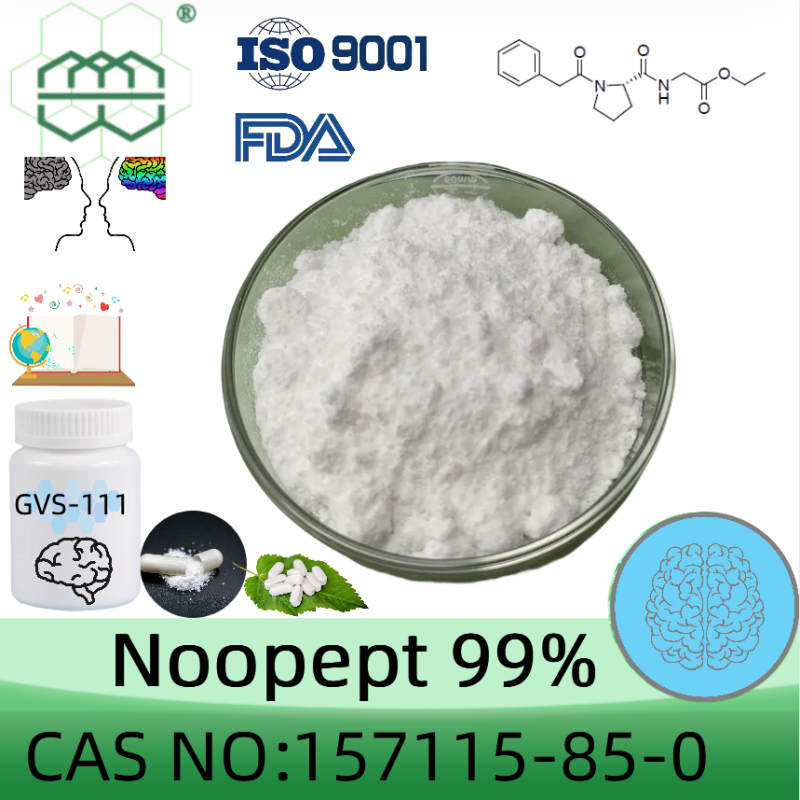-
Categories
-
Pharmaceutical Intermediates
-
Active Pharmaceutical Ingredients
-
Food Additives
- Industrial Coatings
- Agrochemicals
- Dyes and Pigments
- Surfactant
- Flavors and Fragrances
- Chemical Reagents
- Catalyst and Auxiliary
- Natural Products
- Inorganic Chemistry
-
Organic Chemistry
-
Biochemical Engineering
- Analytical Chemistry
-
Cosmetic Ingredient
- Water Treatment Chemical
-
Pharmaceutical Intermediates
Promotion
ECHEMI Mall
Wholesale
Weekly Price
Exhibition
News
-
Trade Service
Whether it is food, pharmaceuticals or cosmetics, the detection of glass contamination in glass containers (that is, glass foreign bodies in glass packaging) is an important requirement for product inspection
.
How do X-ray inspection systems currently detect glass foreign objects in glass containers? What factors must be considered?
Food and drug safety regulations are becoming increasingly stringent, and compliance and traceability at every stage of the product life cycle is becoming increasingly important
.
To protect consumers, reduce the risk of product recalls, and protect reputation, product manufacturers are increasingly turning to X-ray inspection technology to detect and remove contaminated products from production lines
.
Made from all-natural, sustainable raw materials, glass is a necessity of modern life and the only packaging material rated "GRAS" or "Generally Recognized as Safe" by the U.
S.
Food and Drug Administration (FDA)
.
The retail industry demands environmental protection, and glass is increasingly popular because it is relatively inexpensive and fully recyclable
.
The influence of glass on the shelf is unmatched by other packaging materials
.
The transparency, shape and feel of glass containers help to enhance the perception of a variety of products, from perfumes to liquors, food to beverages and more
.
In addition, research by the British Glass Manufacturers Confederation (BGMC) shows that 70% of consumers believe that glass packaging represents quality
.
However, finding glass shards in products is a sensitive topic
.
Despite the potential to be a built-in contaminant, there is evidence that customers are much more likely to complain than if chicken bones are found in chicken products
.
Therefore, it is even more reason for manufacturers to adopt X-ray inspection systems for the most sensitive detection of contaminants
.
In addition, some major retailers and well-known consumer brand management agencies have also developed their own codes of conduct that they need to implement and adhere to in order to meet the requirements of supply agreements
.
Formal X-ray inspection mechanisms are increasingly the norm until supplier approval is obtained
.
Additionally, X-ray inspection technology is widely recognized as a comprehensive and reliable solution to help manufacturers comply with national and international regulations and regulatory standards (Global Food Safety Initiative (GFSI) and Hazard Analysis and Risk-Based Preventive Controls (HARPC), etc.
) and comply with various management systems (Hazard Analysis and Critical Control Points (HACCP) and GMP (Good Manufacturing Practice), etc.
)
.
The Challenge of Detecting Broken Glass in Glass Containers
However, the detection of glass foreign objects in glass containers is particularly demanding when it comes to foreign object detection because the most likely foreign objects are the same as the packaging material and density
.
This can be exacerbated by factors such as different glass wall thicknesses and variations in the bottle base
.
Even if there are no abnormalities in the overall weight and external shape of the glass bottle, fluctuations in glass thickness of up to 20% around the bottom of the bottle are common, which directly affects X-ray inspection
.
More importantly, impurities in the glass itself, such as metal impurities that may occur during manufacturing or recycling (such as metal residues from aluminum bottle caps) can affect X-ray absorption and therefore detection sensitivity
.
Due to the density and chemical composition of glass vials, the use of glass vials from different suppliers can affect X-ray absorption and detection sensitivity
.
In addition, embossing, glass threads and metal caps combined with fluctuations in glass thickness make inspection of the cap and neck area of glass bottles particularly technically difficult
.
According to experience, the more complex the shape of the container, the more difficult it is to detect
.
Round containers are the easiest to detect
.
This is because their vertical edge profiles do not change significantly, so they are not prone to blind spots or dark black edges that reduce detection capabilities
.
Furthermore, since they have no directional effect, they can be rendered repeatedly
.
While square, rectangular, or hexagonal containers will render well, extensive filtering of the sidewalls is required (depending on the inspection angle)
.
Oval-shaped containers are more complex to image and are therefore not suitable for X-ray inspection, otherwise the image will constantly change
.
In addition, the viscosity of the product inside the package has a large influence on the location of the deposition of foreign objects or glass chips in the glass bottle and needs to be considered at an early stage
.
The filling process for semi-solid or viscous products should be considered first as contaminants may enter the container prior to filling
.
Rapid, high volume filling of these products will flush out possible contaminants from the bottom into the higher parts of the container
.
This makes it easier for X-ray inspection to spot them, but it's also clear that you shouldn't just inspect the bottom
.
Cold filling semi-solid or viscous products can leave contaminants in suspension, so the entire container should be tested
.
If a product with a lower viscosity is hot filled, contamination can reach the bottom of the bottle
.
For liquids, the contamination is likely to be at the bottom, so testing should also focus on that area
.
Solution: Oblique Angle Beam System
The bottom area of the glass bottle and the raised position has always been a challenge for an X-ray inspection system because it is very variable and is the densest part of the bottle
.
As technology continues to innovate, systems are now available for comprehensive inspection of glass foreign objects in glass containers for a variety of viscosities of food, beverages and pharmaceuticals
.
Current oblique angle beam systems integrate a single beam that not only shines down to the bottom area, but also detects the sides of the container
.
The X-ray image shows a top view of the bottom and lower half of the bottle, and the bottom convex surface appears flat
.
The X-ray beam passes horizontally through the neck and upper area of the container (under the thread and cap) This eliminates traditional blind spots, reduces the complexity of the X-ray image, and optimizes inspection of the bottom, body, and inside of the bottle out rate
.
Dynamic filtering, which changes based on the profile of each container, ensures a dense-edge packaged product that filters out dark areas of high absorption, optimizing detection in other areas of the image and minimizing false rejects
.
The conveyor belt will absorb a small amount of X-rays and it is also part of the final image, so the density of the conveyor belt material should be as low as possible and as thin as possible
.
However, the oblique angle beam X-ray system incorporates adaptive software that allows the system to operate with durable conveyor belts
.
This prevents wear and thus reduces downtime
.
The system also provides excellent inspection at various heights and filling volumes, maintaining high accuracy even on high-speed lines
.
Due to the configuration of the X-ray beam, up to 1200 containers per minute can be inspected for high-speed inspection
.
Although there are many different automated rejection systems, such as pusher rejectors, that can be used for very high speed applications, other more advanced rejection systems are also available
.
These systems transfer product smoothly and at high speed onto closed parallel reject conveyors
.
The position of the X-ray generator is vertically adjustable, so the system can be customized for different bottle sizes
.
Conclusion
Glass packaging is becoming more and more popular
.
Still, it poses a huge safety risk, and glass foreign objects in glass containers are extremely damaging
.
A tiny shard of glass can cause serious harm to consumers (especially if a baby or child is seriously injured), and the high cost of this negative publicity and product recalls can be devastating to the business
.
Product recalls not only mean lost revenue and damaged reputation, resulting in irreparable damage.
The risk of contamination of glass containers and its highly damaging effects, coupled with increasingly stringent safety regulations around the world, means that manufacturers have the ability to provide the most sensitive product testing possible.
Your X-ray system is more important than ever
.
In this way, manufacturers can reliably detect glass contamination in glass containers to protect consumers, product compliance and brand reputation in the long term, and stay ahead in the most challenging food and pharmaceutical industries
.
For more information visit: www.
mt.
com/xr-glassinglass-pr
.
How do X-ray inspection systems currently detect glass foreign objects in glass containers? What factors must be considered?
Food and drug safety regulations are becoming increasingly stringent, and compliance and traceability at every stage of the product life cycle is becoming increasingly important
.
To protect consumers, reduce the risk of product recalls, and protect reputation, product manufacturers are increasingly turning to X-ray inspection technology to detect and remove contaminated products from production lines
.
Made from all-natural, sustainable raw materials, glass is a necessity of modern life and the only packaging material rated "GRAS" or "Generally Recognized as Safe" by the U.
S.
Food and Drug Administration (FDA)
.
The retail industry demands environmental protection, and glass is increasingly popular because it is relatively inexpensive and fully recyclable
.
The influence of glass on the shelf is unmatched by other packaging materials
.
The transparency, shape and feel of glass containers help to enhance the perception of a variety of products, from perfumes to liquors, food to beverages and more
.
In addition, research by the British Glass Manufacturers Confederation (BGMC) shows that 70% of consumers believe that glass packaging represents quality
.
However, finding glass shards in products is a sensitive topic
.
Despite the potential to be a built-in contaminant, there is evidence that customers are much more likely to complain than if chicken bones are found in chicken products
.
Therefore, it is even more reason for manufacturers to adopt X-ray inspection systems for the most sensitive detection of contaminants
.
In addition, some major retailers and well-known consumer brand management agencies have also developed their own codes of conduct that they need to implement and adhere to in order to meet the requirements of supply agreements
.
Formal X-ray inspection mechanisms are increasingly the norm until supplier approval is obtained
.
Additionally, X-ray inspection technology is widely recognized as a comprehensive and reliable solution to help manufacturers comply with national and international regulations and regulatory standards (Global Food Safety Initiative (GFSI) and Hazard Analysis and Risk-Based Preventive Controls (HARPC), etc.
) and comply with various management systems (Hazard Analysis and Critical Control Points (HACCP) and GMP (Good Manufacturing Practice), etc.
)
.
The Challenge of Detecting Broken Glass in Glass Containers
However, the detection of glass foreign objects in glass containers is particularly demanding when it comes to foreign object detection because the most likely foreign objects are the same as the packaging material and density
.
This can be exacerbated by factors such as different glass wall thicknesses and variations in the bottle base
.
Even if there are no abnormalities in the overall weight and external shape of the glass bottle, fluctuations in glass thickness of up to 20% around the bottom of the bottle are common, which directly affects X-ray inspection
.
More importantly, impurities in the glass itself, such as metal impurities that may occur during manufacturing or recycling (such as metal residues from aluminum bottle caps) can affect X-ray absorption and therefore detection sensitivity
.
Due to the density and chemical composition of glass vials, the use of glass vials from different suppliers can affect X-ray absorption and detection sensitivity
.
In addition, embossing, glass threads and metal caps combined with fluctuations in glass thickness make inspection of the cap and neck area of glass bottles particularly technically difficult
.
According to experience, the more complex the shape of the container, the more difficult it is to detect
.
Round containers are the easiest to detect
.
This is because their vertical edge profiles do not change significantly, so they are not prone to blind spots or dark black edges that reduce detection capabilities
.
Furthermore, since they have no directional effect, they can be rendered repeatedly
.
While square, rectangular, or hexagonal containers will render well, extensive filtering of the sidewalls is required (depending on the inspection angle)
.
Oval-shaped containers are more complex to image and are therefore not suitable for X-ray inspection, otherwise the image will constantly change
.
In addition, the viscosity of the product inside the package has a large influence on the location of the deposition of foreign objects or glass chips in the glass bottle and needs to be considered at an early stage
.
The filling process for semi-solid or viscous products should be considered first as contaminants may enter the container prior to filling
.
Rapid, high volume filling of these products will flush out possible contaminants from the bottom into the higher parts of the container
.
This makes it easier for X-ray inspection to spot them, but it's also clear that you shouldn't just inspect the bottom
.
Cold filling semi-solid or viscous products can leave contaminants in suspension, so the entire container should be tested
.
If a product with a lower viscosity is hot filled, contamination can reach the bottom of the bottle
.
For liquids, the contamination is likely to be at the bottom, so testing should also focus on that area
.
Solution: Oblique Angle Beam System
The bottom area of the glass bottle and the raised position has always been a challenge for an X-ray inspection system because it is very variable and is the densest part of the bottle
.
As technology continues to innovate, systems are now available for comprehensive inspection of glass foreign objects in glass containers for a variety of viscosities of food, beverages and pharmaceuticals
.
Current oblique angle beam systems integrate a single beam that not only shines down to the bottom area, but also detects the sides of the container
.
The X-ray image shows a top view of the bottom and lower half of the bottle, and the bottom convex surface appears flat
.
The X-ray beam passes horizontally through the neck and upper area of the container (under the thread and cap) This eliminates traditional blind spots, reduces the complexity of the X-ray image, and optimizes inspection of the bottom, body, and inside of the bottle out rate
.
Dynamic filtering, which changes based on the profile of each container, ensures a dense-edge packaged product that filters out dark areas of high absorption, optimizing detection in other areas of the image and minimizing false rejects
.
The conveyor belt will absorb a small amount of X-rays and it is also part of the final image, so the density of the conveyor belt material should be as low as possible and as thin as possible
.
However, the oblique angle beam X-ray system incorporates adaptive software that allows the system to operate with durable conveyor belts
.
This prevents wear and thus reduces downtime
.
The system also provides excellent inspection at various heights and filling volumes, maintaining high accuracy even on high-speed lines
.
Due to the configuration of the X-ray beam, up to 1200 containers per minute can be inspected for high-speed inspection
.
Although there are many different automated rejection systems, such as pusher rejectors, that can be used for very high speed applications, other more advanced rejection systems are also available
.
These systems transfer product smoothly and at high speed onto closed parallel reject conveyors
.
The position of the X-ray generator is vertically adjustable, so the system can be customized for different bottle sizes
.
Conclusion
Glass packaging is becoming more and more popular
.
Still, it poses a huge safety risk, and glass foreign objects in glass containers are extremely damaging
.
A tiny shard of glass can cause serious harm to consumers (especially if a baby or child is seriously injured), and the high cost of this negative publicity and product recalls can be devastating to the business
.
Product recalls not only mean lost revenue and damaged reputation, resulting in irreparable damage.
The risk of contamination of glass containers and its highly damaging effects, coupled with increasingly stringent safety regulations around the world, means that manufacturers have the ability to provide the most sensitive product testing possible.
Your X-ray system is more important than ever
.
In this way, manufacturers can reliably detect glass contamination in glass containers to protect consumers, product compliance and brand reputation in the long term, and stay ahead in the most challenging food and pharmaceutical industries
.
For more information visit: www.
mt.
com/xr-glassinglass-pr







